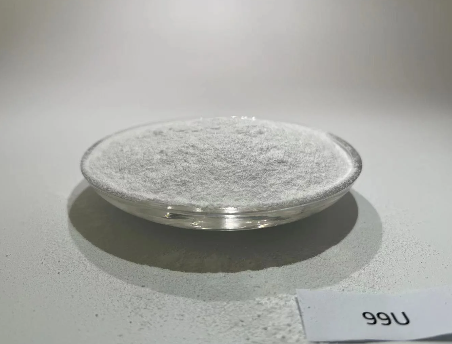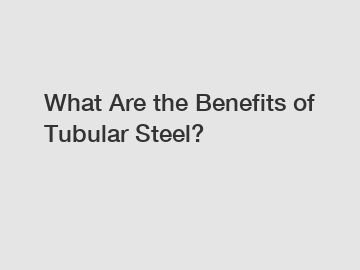Exploring the Applications and Production of 99% Undensified Silica Fume
99% Undensified Silica Fume, characterized by its high silicon dioxide (SiO2) content and low bulk density of 250-400kg/m³, holds a prominent position in the realm of construction materials. Also known as microsilica or micro silica, it emerges as a valuable byproduct derived from the production of silicon metal or ferrosilicon alloys, which are synthesized in electric furnaces.
Properties of 99% Undensified Silica Fume:
High SiO2 Content: With a remarkable SiO2 content of 99%, Undensified Silica Fume exhibits superior purity and chemical composition, making it an ideal additive for enhancing the properties of construction materials.
Low Bulk Density: The low bulk density range of 250-400kg/m³ signifies the lightweight nature of Silica Fume, enabling its easy incorporation into cementitious mixtures without compromising the overall density or strength of the final product.
Reactive Surface Area: Undensified Silica Fume boasts a large surface area, facilitating strong bonding with cement particles and other components in concrete mixes. This reactivity enhances the performance and durability of concrete structures, particularly in aggressive environments.
Applications of 99% Undensified Silica Fume:
High-Performance Concrete: 99% Undensified Silica Fume serves as a key ingredient in the production of high-performance concrete (HPC), where its pozzolanic properties contribute to improved compressive strength, durability, and resistance to chemical attack.
Shotcrete and Mortars: Silica Fume finds applications in shotcrete and mortar formulations, enhancing their cohesion, adhesion, and abrasion resistance. These properties make it suitable for repairing and reinforcing existing concrete structures.
Refractory Materials: In the realm of refractory materials, Undensified Silica Fume acts as a binding agent, improving the mechanical strength, thermal stability, and corrosion resistance of refractory castables and bricks used in high-temperature applications.
Additional reading:
Understanding Why Your Welds Crack
What is slurry versus sludge?
How Do You Stack Disc Springs?
How Much Weight Can a Heavy Duty Zip Tie Hold?
How to Choose Hard Alloy Balls Effectively?
Unlocking the Benefits of Ceramic Sand Solutions
2024 Insights from Leading Dry Desulfurizer ExportersCementitious Grouts: Silica Fume is employed in cementitious grouts for soil stabilization and grouting applications, where its fine particle size and reactivity help achieve uniform distribution and enhanced bonding with surrounding soil particles.
Production Process of 99% Undensified Silica Fume:
Extraction: Undensified Silica Fume is extracted as a byproduct from the production of silicon metal or ferrosilicon alloys in electric arc furnaces. During the smelting process, quartz or silica-rich materials are heated with carbonaceous reducing agents, resulting in the formation of silicon and silica fume.
Collection: The silica fume is captured from the furnace exhaust gases using specialized filtration systems, where it is rapidly cooled and collected as a fine, amorphous powder.
Packaging: Once collected, the Undensified Silica Fume is packaged into bags or bulk containers for transportation to end-users, where it undergoes further processing or blending with other materials before incorporation into concrete or refractory formulations.
99% Undensified Silica Fume, derived from the production of silicon metal or ferrosilicon alloys, stands as a versatile and valuable additive in the construction and refractory industries. Its high SiO2 content, low bulk density, and reactive properties make it indispensable for enhancing the performance, durability, and sustainability of various materials and structures. As advancements in manufacturing processes and construction technologies continue, the demand for Undensified Silica Fume is expected to rise, further underscoring its significance in modern industrial applications.
How to Choose the Best Dry Desulfurizer Exporter?
How Can High Purity SiO2 Impact Sustainability?
How to Choose a Reliable High Purity SiO2 Exporter?
Key Questions to Ask When Choosing Stainless Steel Pressure Vessels SSPressureTech
How does stainless steel cladding enhance pipeline longevity and safety?
How Does Copper Clad Stainless Steel Plate Work?
Top Mullite Sand Exporters You Should Know










